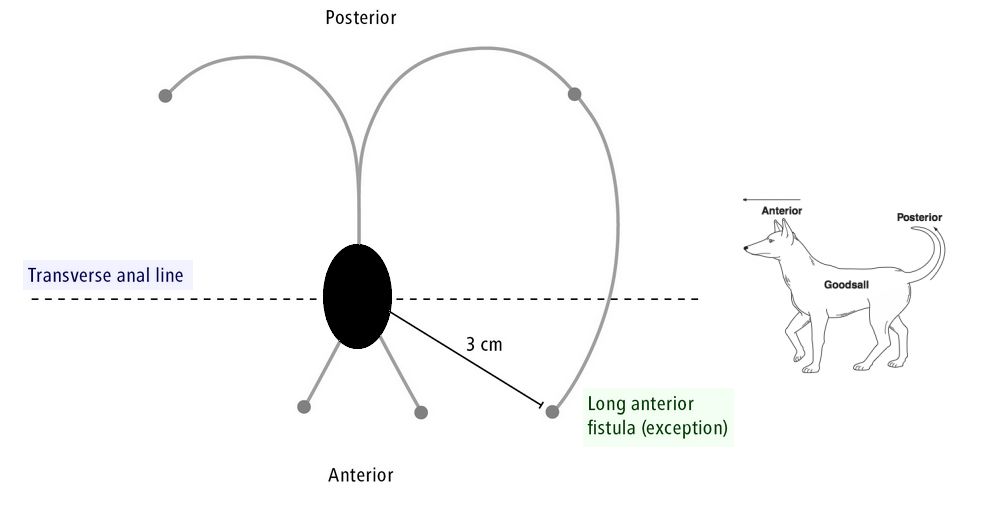Synonym: Goodsall-Salmon’s law In anal fistula, goodsall’s rule predicts the type of track and location of internal opening. An anterior external opening is more likely to have a straight track while a psoteriorly placed external opening is more likely to have a curved track. Mnemonic: Think of a dog with…
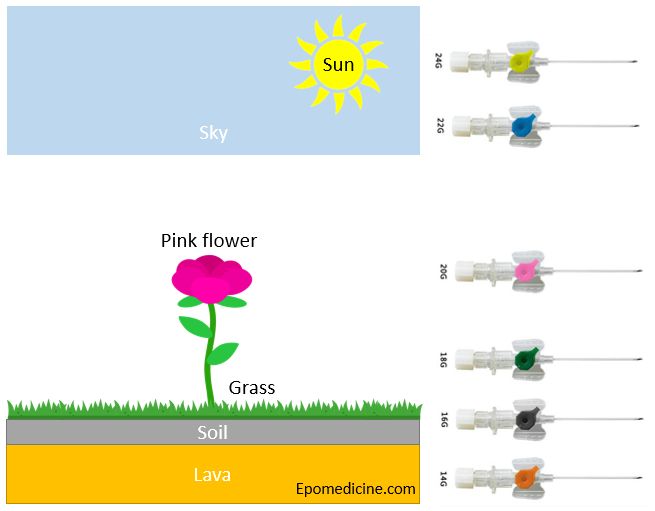
IV Cannula Color Code : Tricks to Remember
Present day IV cannulae are available from sizes 14 gauge to 26 gauge with universal color coding for easy recongnition of IV cannula. Smaller the gauge, wider is the cannula and has higher flow rate. Normal adult size: 18-20 G Situations requiring rapid fluid transfusion like trauma: 14-16 G Preferred…
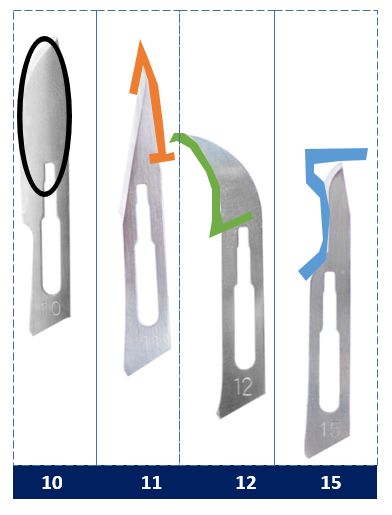
Surgical blade size : Tricks to remember
Surgical blade anatomy Sharp edge: Belly Tip Unsharpened ridge opposite to the edge: Spine Slot for scalpel Surgical blade numbers Here is a trick to know the surgical blades by numbers – a simple image mnemonic which will require your imagination. We will only discuss blades commonly used in our…
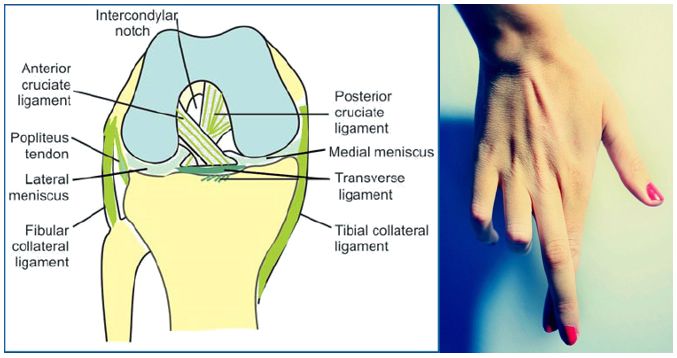
Cruciate ligaments of Knee : Mnemonics
Mnemonic: Cross your long fingers over the index finger and superimpose this hand over your ipsilateral knee. This will help us to remember the orientation of the anterior cruciate ligament (ACL) and posterior cruciate ligament (PCL) of knee. Also remember the mnemonic “LAMP” which means Lateral ACL and Medial PCL….

Schatzker classification for Tibial plateau fracture : Mnemonic
Schatzker system is widely accepted and used to classify tibial plateau fractures. It is based on a 2D representation of the fracture. As a general rule, it can be divided into low-energy and lateral tibial plateau variants (types I-III) and high energy variants (type IV-VI). However, it does not include…
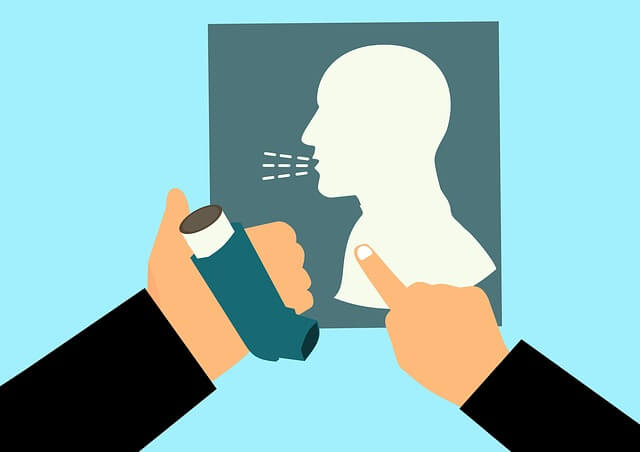
Respiratory Emergencies
Contains concise management of following conditions with flowcharts, tables and figures. This handbook can be helpful for medical students posted in Emergency room or Internal medicine and also for medical officers working in Emergency department. Acute Pulmonary Embolism Acute Exacerbation of COPD Community Acquired Pneumonia (CAP) Healthcare Associated Pneumonia (HAP)/Ventilator…
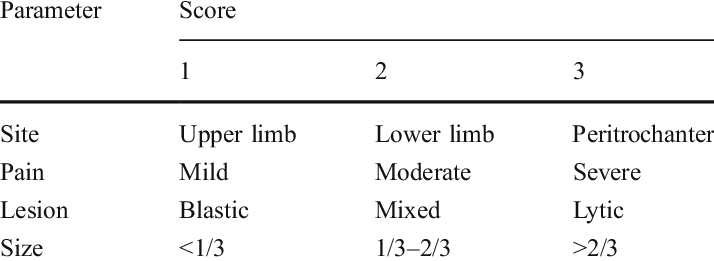
Mirel’s Criteria or Score – Mnemonic
Mirel’s scoring system rates 4 criteria from 1 to 3 with maximum possible score of 12 to assess the risk of pathological fracture due to metastases and also serves as a guide for considering prophylactic fixation. The parameters of the criteria can be remembered using the mnemonic MIREL’S. M –…

Add “ICE” to history – Patient’s perspective
In medical history taking, “ICE” is an acronym for trilogy of “Ideas”, “Concerns” and “Expectations” which is a doctor’s tool to assess the patient’s perspective of the presenting problem. There has been a shift towards patient centered approach and many patients tend to prefer a shared decision-making model which includes…
